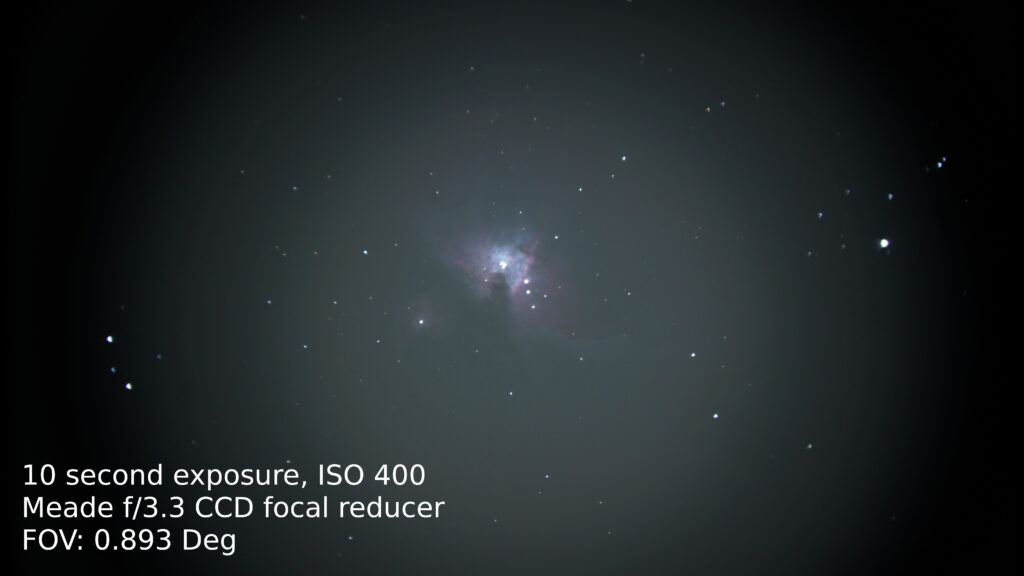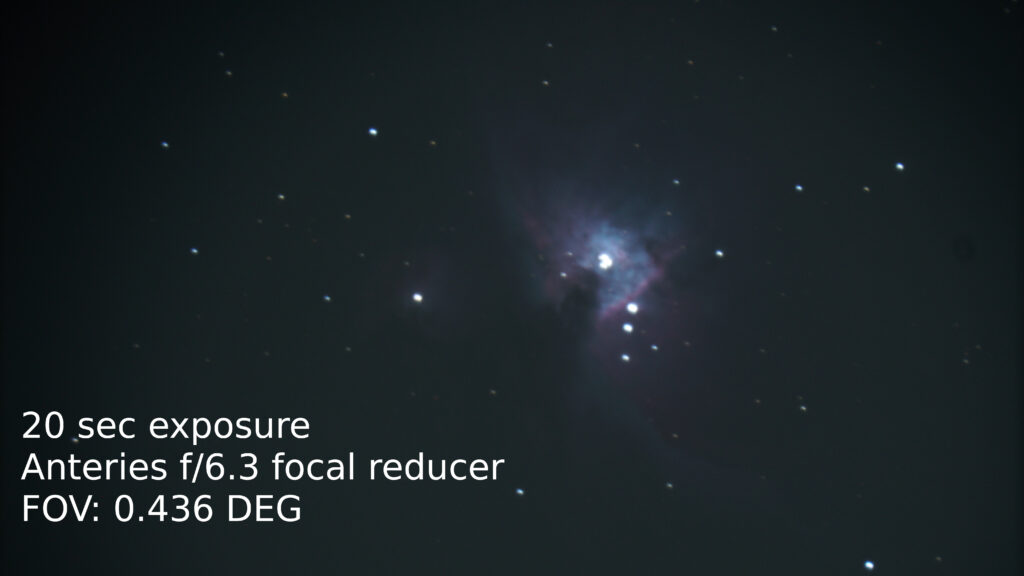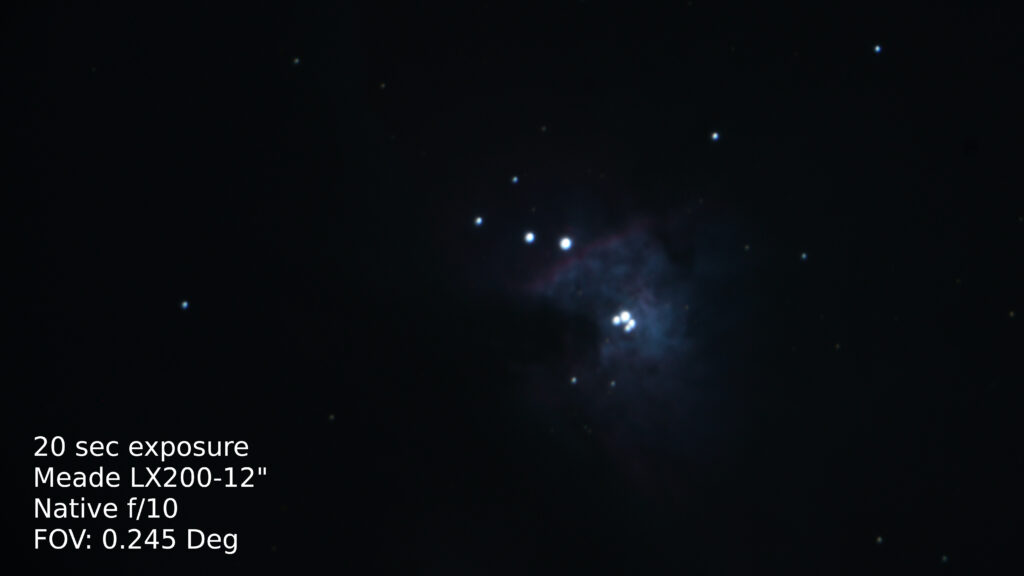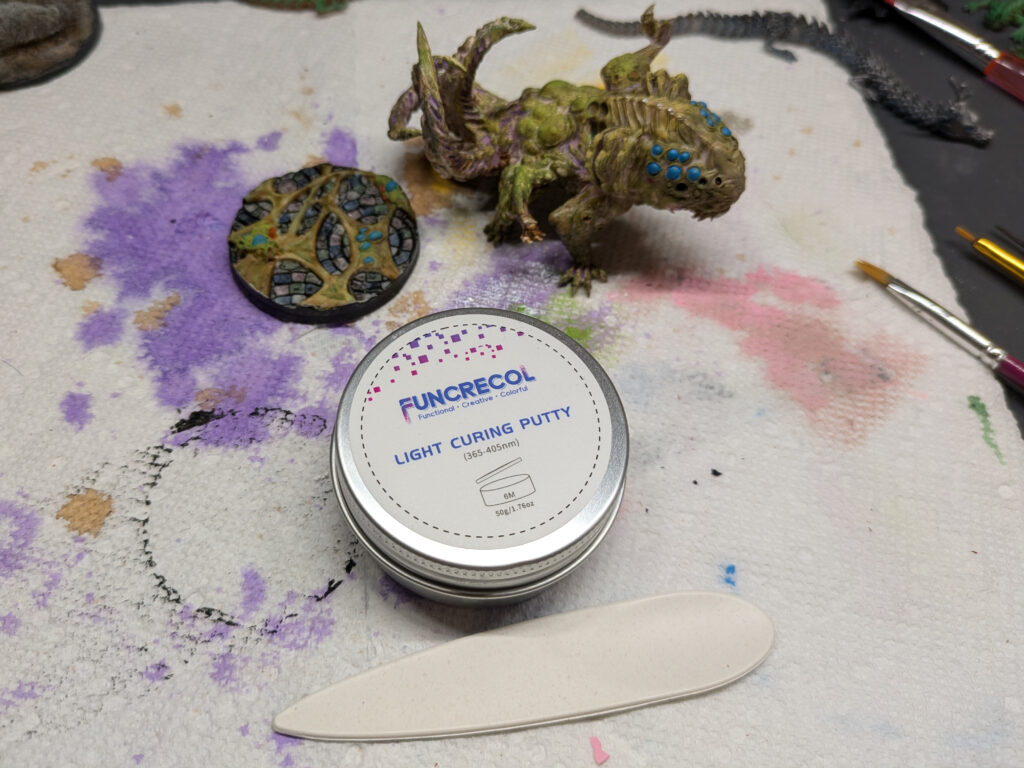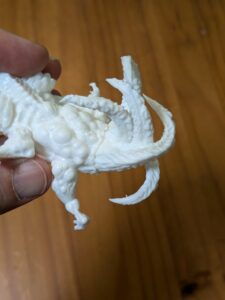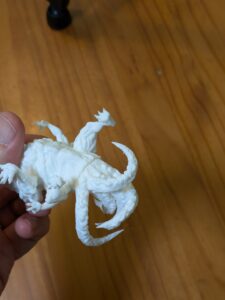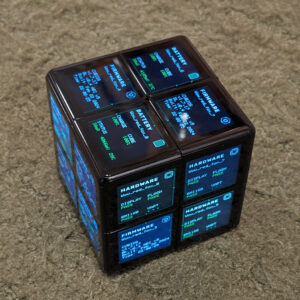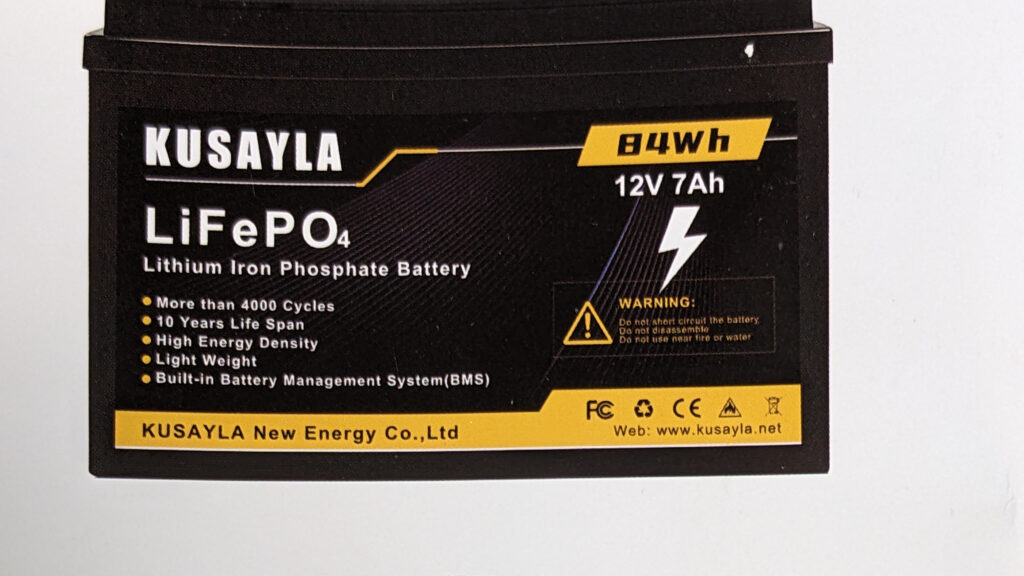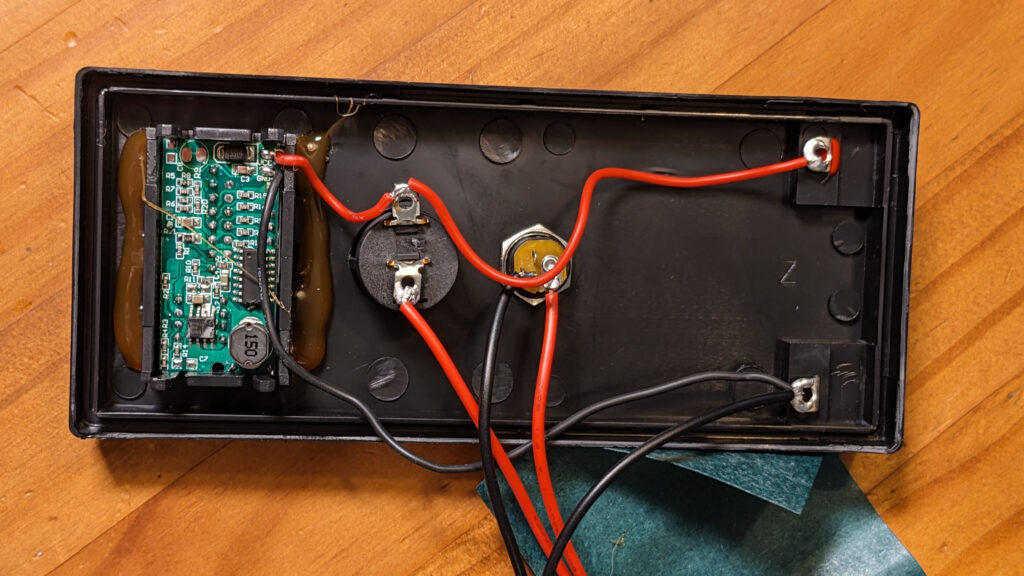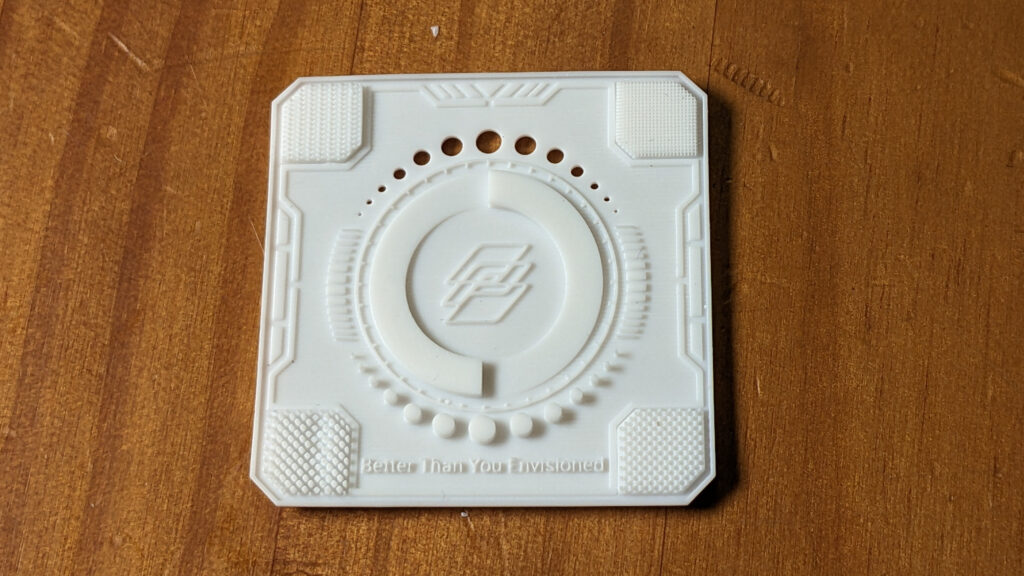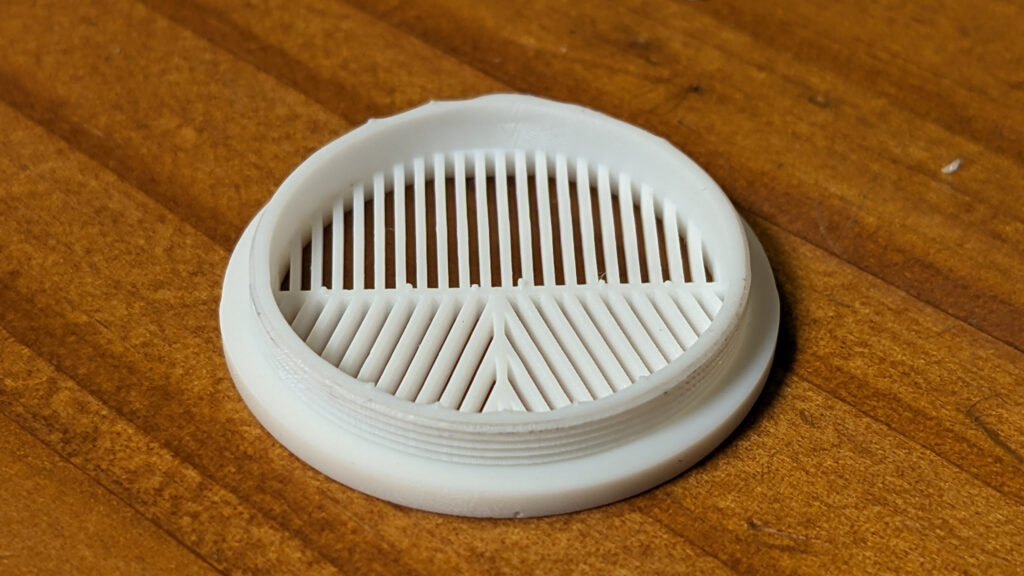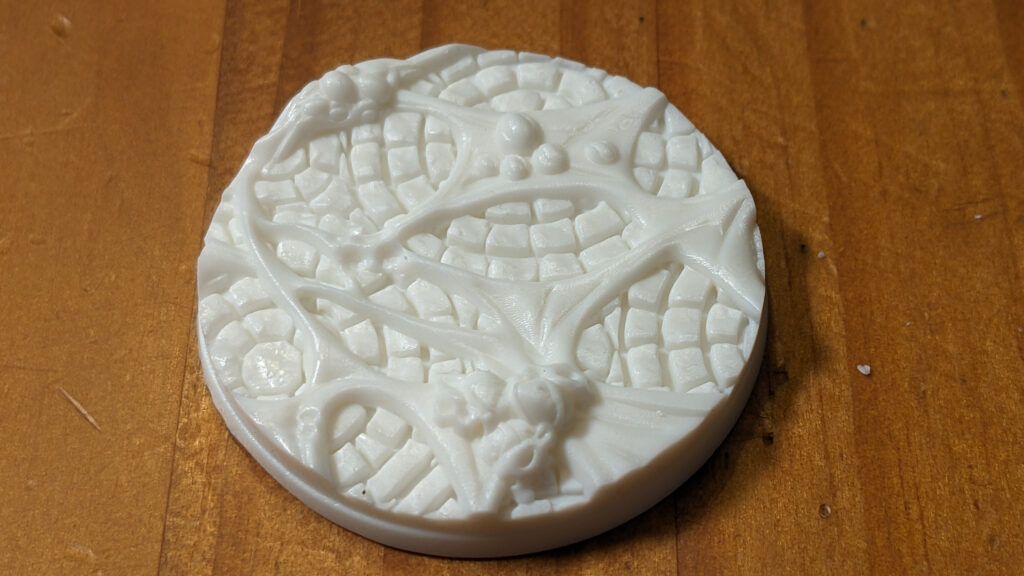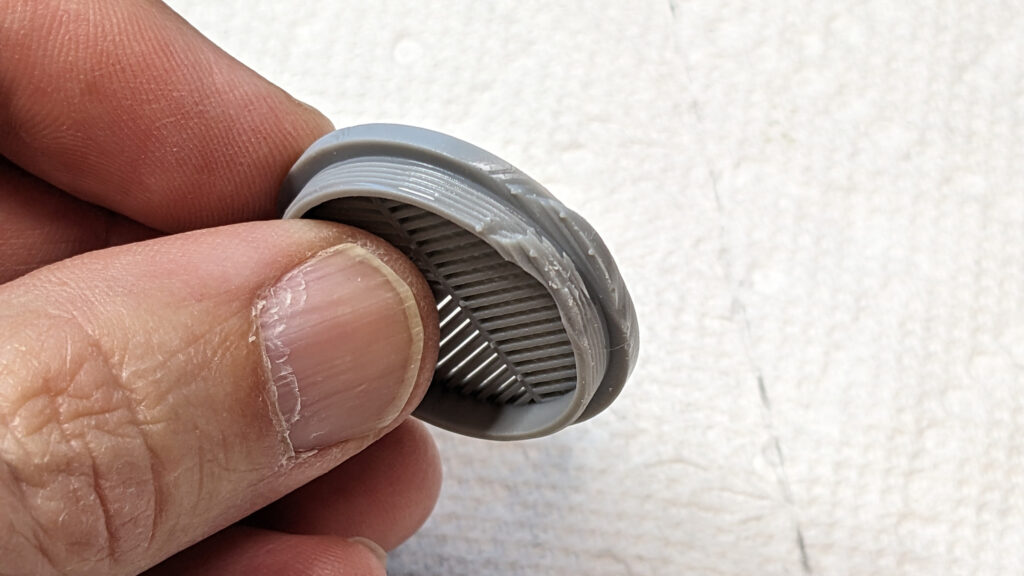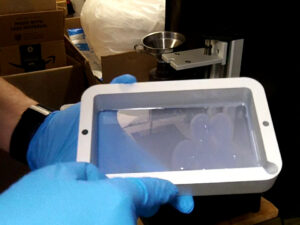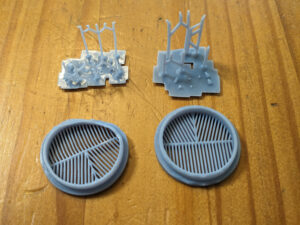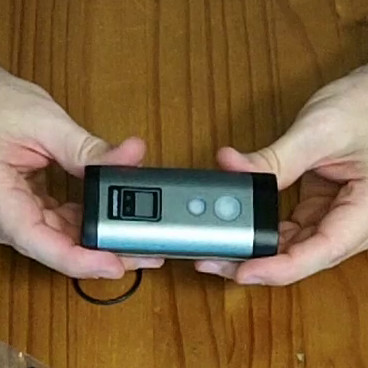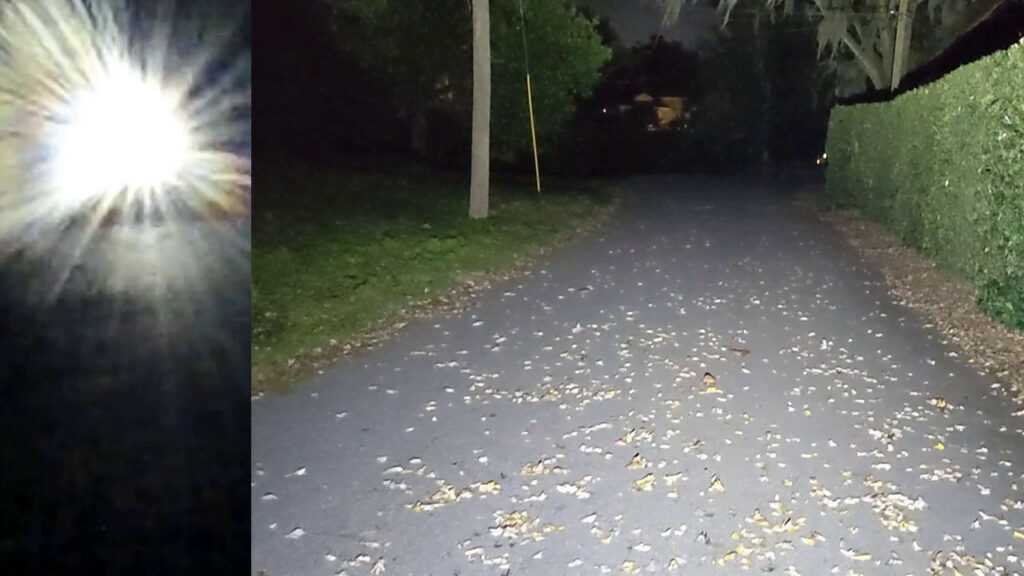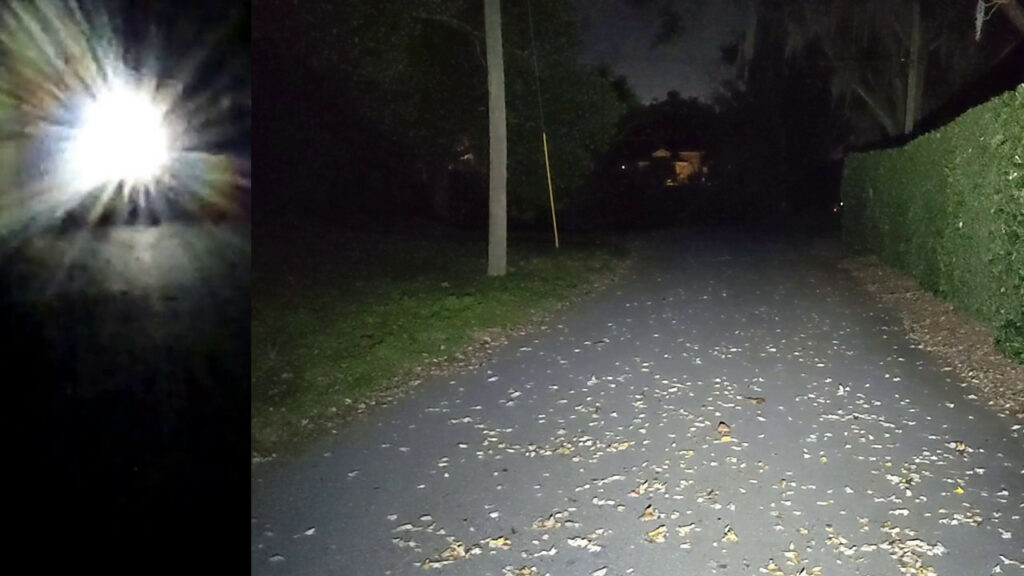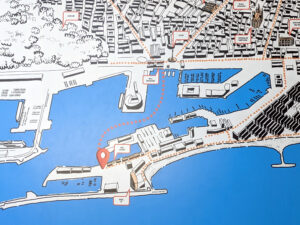
Starting July 4th 2024, Barcelona has opened a 10-15 minute long cross harbor catamaran ferry that goes from Moll de les Drassanes (Near the Columbus monument) across the harbor to Moll de Llevant (Near the W hotel). One way tickets are 1.90 Euro for adults, and open round trip tickets cost 2.85 euro.

From 7am-10am, you can pay for the tickets on-board, as the ticket agent booth at Moll de les Drassanes does not open until 10am. [The Moll de Llevant station on the other side has an automated ticket vending machine and a public restroom, but is not always staffed.]
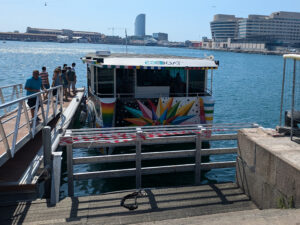
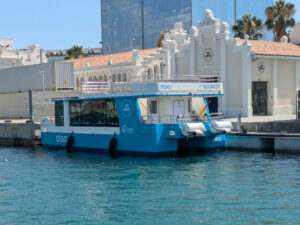
There are two solar/battery powered catamaran ferries (don’t worry about cloudy days, they have enough on-board battery power to run all day without the sun) that make the trip every 15 to 30 minutes. The smaller (and more colorful) ferry holds 56 passengers, while the larger ferry has rooftop seating and can hold up to 84 passengers. [Sometimes the larger ferry does not operate if the demand is low.]
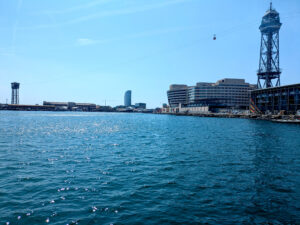
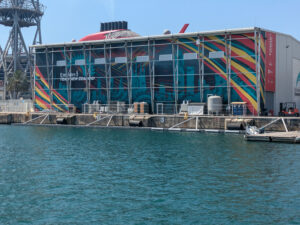
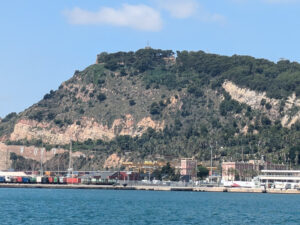
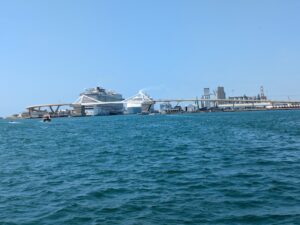
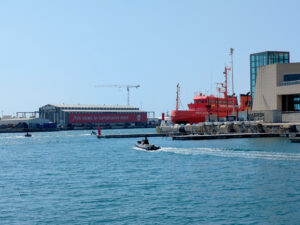

This 10 minute ferry trip gives you good views and photo opportunities for the America’s cup moorings, superyacht service station, views towards the commercial port and cruse ship berths, and views up to Montjuïc Castle and the overhead cable car line leading to the port cable car station.
The 40 minute “Golondrinas” ferry tour goes quite a bit farther in both directions, and only costs 8 euros, but if you are on a tight budget, have small children who may not want to spend 40 minutes on a ferry, or need to make the crossing from the W hotel to Las Ramblas anyways, the electric ferry is a great option to see a good sampling of what the harbor tour offers.
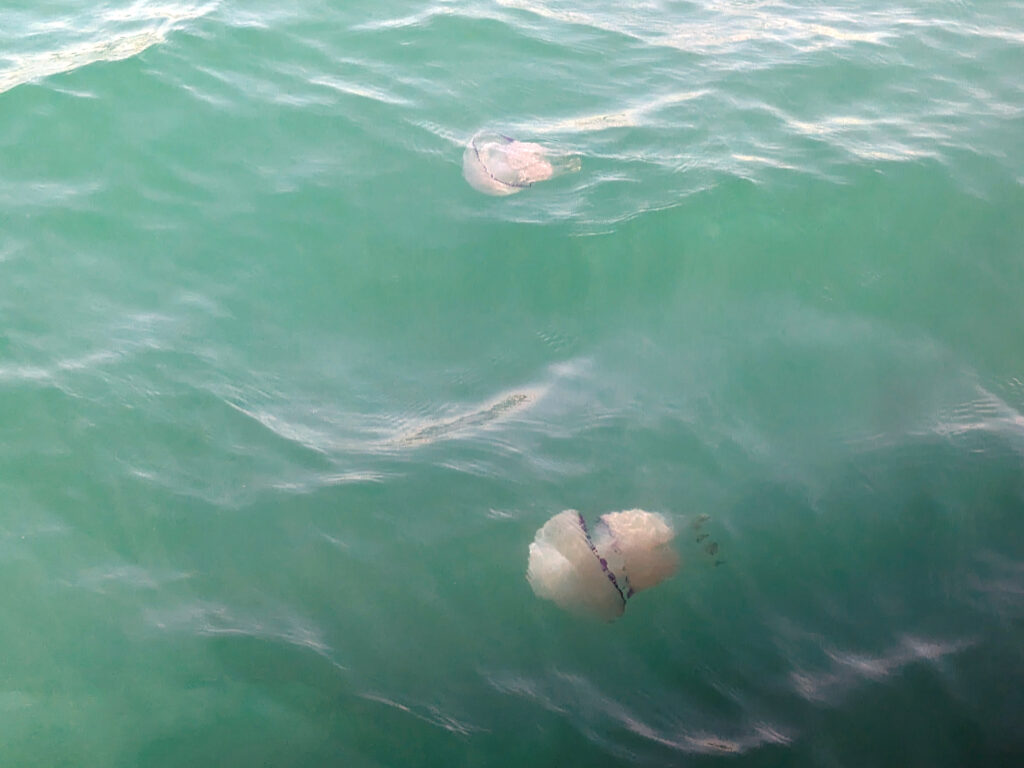
You can sometimes also see migrating jelly fish in the water, which can potentially be a danger to swimmers along the beaches.
The ferry shuttles run for 12 hours out of the day, so if you stay late at San Sebastià beach you may need to take the TMB V15/V19 bus and walk back along Pg. de Colom (or transfer to the D20) to return to the Colombus monument area. [There are always a lot of Taxis waiting at the W hotel as well…]
